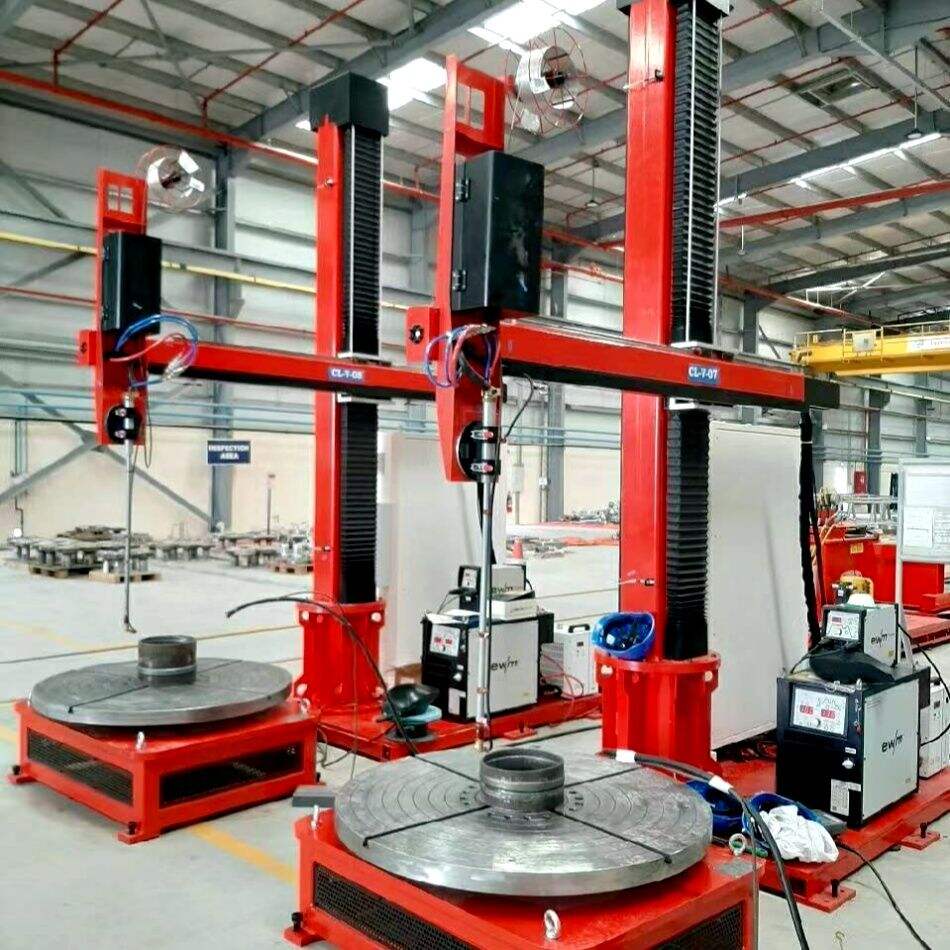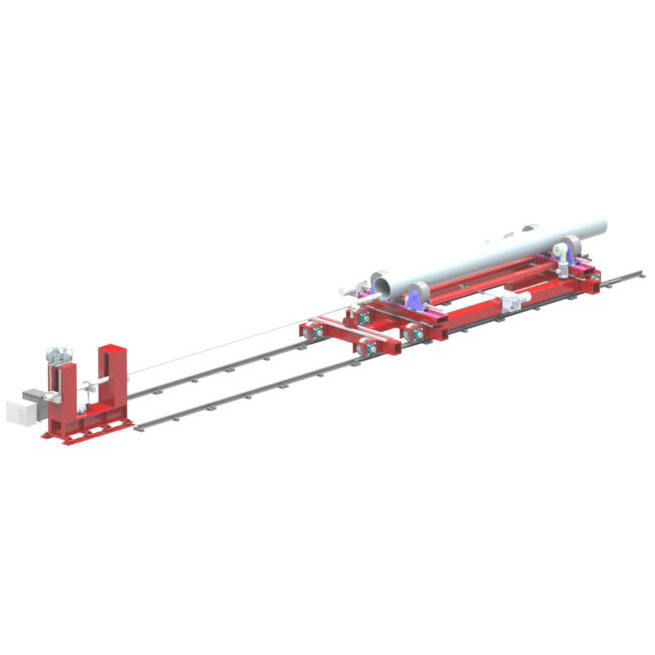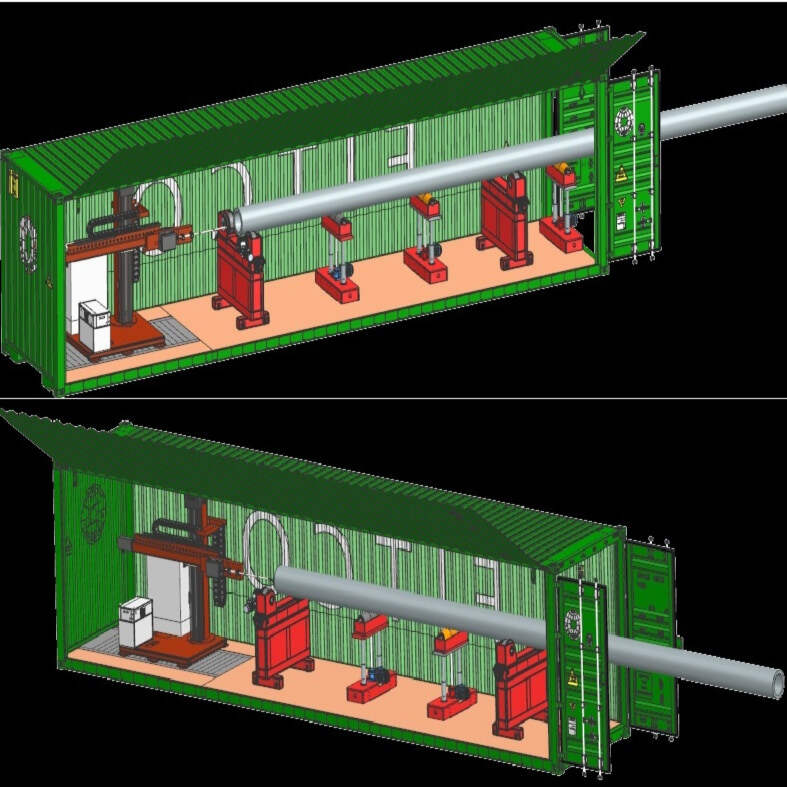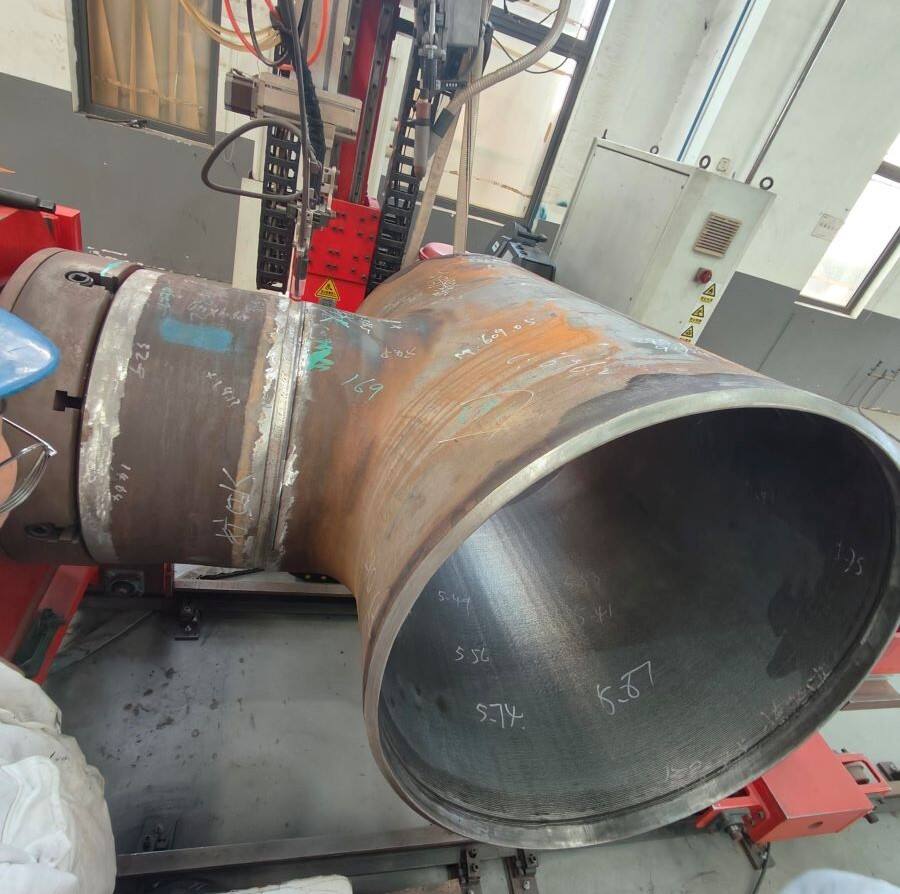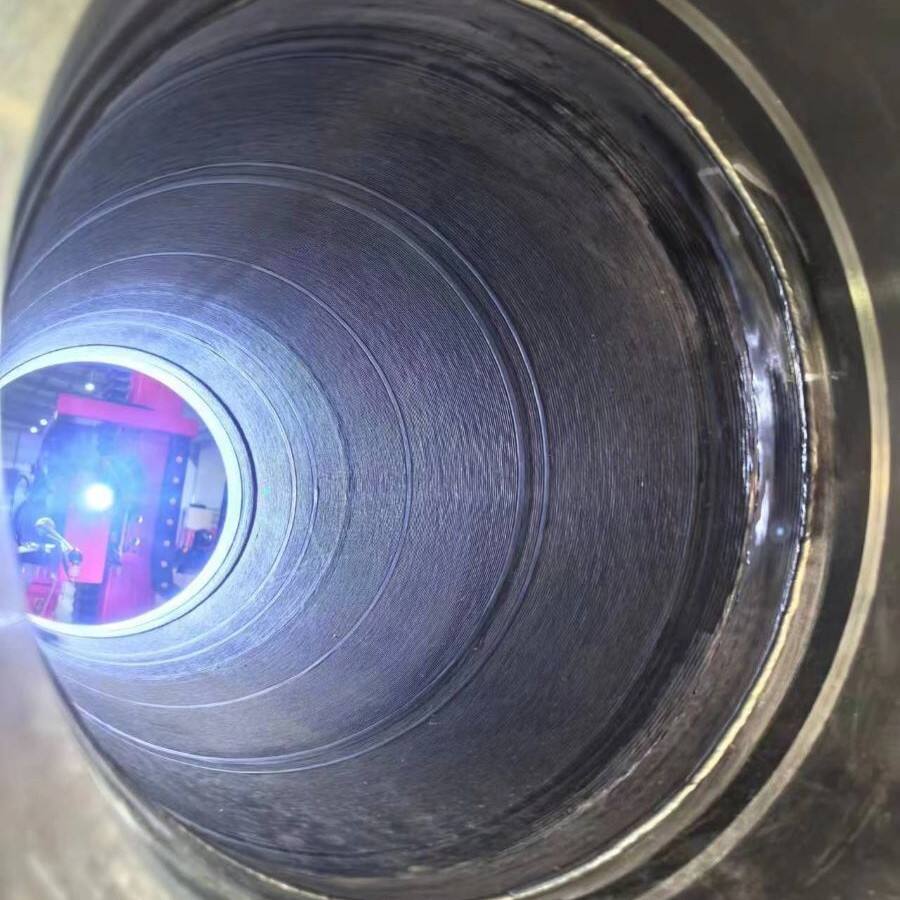inverter welding machine price
Inverter welding machine prices represent a crucial consideration for both professional welders and DIY enthusiasts seeking reliable welding equipment. These modern machines typically range from $200 to $2000, depending on their capabilities and specifications. The price variation reflects different power outputs, typically ranging from 100 to 300 amps, duty cycles, and additional features such as dual voltage capability and digital displays. Entry-level machines, priced between $200 and $500, usually offer basic functionality suitable for home use and light repairs. Mid-range models, falling between $500 and $1000, provide enhanced features like pulse welding capability and better duty cycles. Premium models, priced above $1000, incorporate advanced technologies such as synergic control systems and multi-process capabilities. These machines utilize IGBT technology, enabling precise control over welding parameters while maintaining energy efficiency. The price also factors in portable designs, featuring lightweight construction and compact dimensions, making them ideal for both workshop and field operations. Additional considerations affecting price include warranty coverage, brand reputation, and included accessories such as welding leads, ground clamps, and electrode holders.

 EN
EN
 AR
AR BG
BG HR
HR CS
CS DA
DA NL
NL FI
FI FR
FR DE
DE EL
EL HI
HI IT
IT JA
JA KO
KO NO
NO PL
PL PT
PT RO
RO RU
RU ES
ES SV
SV TL
TL IW
IW ID
ID LT
LT UK
UK SQ
SQ HU
HU TH
TH TR
TR FA
FA AF
AF CY
CY MK
MK LA
LA MN
MN KK
KK UZ
UZ KY
KY